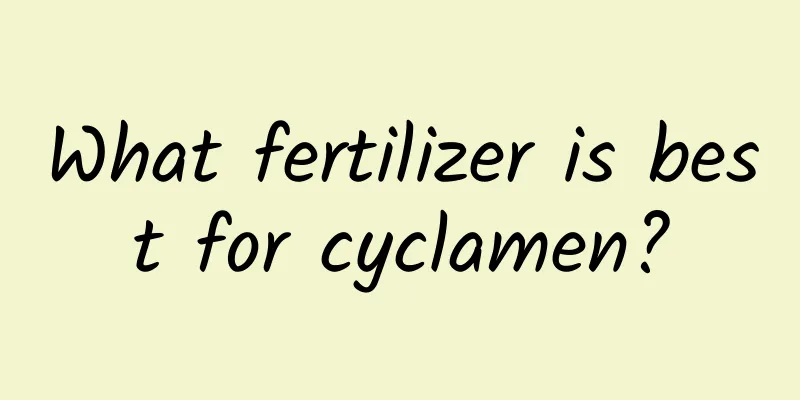What to do if the pennywort is infested with insects

Brown Soft ScaleHazard manifestationsBrown soft scale, also known as broad-eating brown soft scale and soft scale. The disease is more serious indoors in the north. The insects mainly parasitize on the front and back sides of the leaves and feed mainly on sap. When brown soft scale appears on pennywort, the stems and leaves will gradually wither, and 3-4mm long oval brown protrusions will appear on the leaves, petioles and twigs, close to the plant body. A layer of shiny, sticky substance will appear on the underside of the leaves. Prevention and treatment methodsWhen the number is small, you can manually remove the insects with a brush, or cut off the branches and leaves with insects. The insects can be manually brushed off with a soft-bristled toothbrush. Spray pesticides in time, you can choose professional insecticides: 1000 times dilution of omethoate EC, 1000 times dilution of fenitrothion EC, 2000 times dilution of cypermethrin … For the pennywort cultivated in soil at home, 10% furadan granules or 15% aldicarb granules can be applied to the roots. The specific dosage depends on the size of the flowerpot. Generally, the inner diameter of the flowerpot is 20cm and the depth is 13cm . Bury 15-20g of furadan or 0.5-1.0g of aldicarb and water thoroughly after application. Red SpiderHazard manifestationsThe red spider mites are very small, and once they are discovered to be causing damage, the flowers are often already severely damaged. This insect causes damage by using its mouthparts to pierce the leaves of flowers and suck out the sap, which destroys the chlorophyll of the flowers, causing the leaves to appear gray-yellow spots or patches, become withered and yellow, and even fall off. Red spider mites reproduce very quickly, with a new generation every 5 days, so they must be discovered and treated early. Prevention and treatment methodsWhen individual leaves are damaged, the insect leaves can be removed; when more leaves are damaged, pesticides should be sprayed as soon as possible for prevention and control. The simplest way is to rinse it with soapy water or laundry detergent. The pennywort is not afraid of water, so you can soak the whole plant in water. After 2 to 3 minutes, take it out and rinse off the soapy liquid on the surface with water. This method is still very effective. If there are fewer red spider mites, you can also wipe them with a cloth dipped in soapy water. |
<<: Coleus pest control methods
Recommend
What is the best month to plant King Bamboo Grass?
When to plant King Bamboo Grass King grass is usu...
Which month is suitable for planting green beans?
When to plant green beans Green beans are best pl...
How to care for jade bell
Spring maintenance Ensure adequate sunlight. The ...
Red Lentil Planting Time and Method
Red lentil planting time Red lentils are grown in...
How to repot passion fruit? Can I put it on the roof to dry after repotting?
1. Repotting method 1. Preparation: The flowerpot...
Cultivation methods and precautions of radish
Morning glory is relatively easy to grow, has str...
How to take care of newly bought lavender
1. Check the plants When you buy lavender, you sh...
How to propagate Berberis rubra
How to propagate Berberis rubra There are three w...
Fertilization method of Daphne koreana
Fertilization frequency In fact, Osmanthus fragra...
Euphorbia gejin propagation method
1. Cutting 1. Time: The time for cuttings can be ...
How to keep freesia from freezing in winter
1. Adjust the temperature In order for freesia to...
How to plant jackfruit seeds in pots
1. Soak the seeds After eating the jackfruit, lea...
What is the medicine of yarrow and what does it look like (picture)
Yarrow can stop bleeding and has a strong astring...
How often should I water the colorful iron
How often should I water the colorful iron Before...
How to cultivate golden lily flower
Goldenrod growing conditions The golden lily like...









